
Recently I went with a couple of my watercolor class friends to a Thai restaurant for lunch. I enjoyed my lunch so much I decided to try to recreate it at home. My entrée was a special that day, a creamy (coconut milk-based) sauce with fresh pumpkin cubes and shrimp. It had enough of the sauce/gravy to serve over a bed of rice. It was absolutely out of this world fabulous. I tried to close my eyes and analyze the flavors floating around in my mouth. I hoped it wouldn’t be too difficult to figure out how to make it.
Seeing sugar pie pumpkins at the market reminded me I wanted to try to prepare the dish. I did sleuth on the internet for a recipe, and found one that was similar, but different. I decided to make mine a soup without rice rather than the shrimp entrée sauce over rice I’d had at the restaurant. Since there were already carbs in the dish (the pumpkin) I thought it would be healthier for us anyway. The internet recipe called for shrimp paste (I used a fish soup base) and dried shrimp (I didn’t have them, nor did I buy it). It called for “green chiles,” so I used one Poblano (probably not traditionally Thai, but it was what I had) and one jalapeno. It had a perfect degree of heat for my taste. This other recipe called for basil. I used spinach instead. So I really changed the recipe all around, different proportions of most things and added ingredients plus deleted others.
The seafood soup base I bought from Penzey’s. You’ve read about them here before – their soup bases are just the greatest. I’m generous with how much I use. They don’t keep forever anyway. I’ve had my three jars for about 5 months now and they’re still just fine (stored in the refrigerator).
As I was making the soup I kept tasting the broth. Finally, after I added a jar of Thai red curry sauce I was pleased. The sauce came from Trader Joe’s, but I believe there are other brands out there . . . just seek them out. I purchased frozen already-cooked extra-large shrimp which got added to the soup at the very end. They slow-simmered just long enough to defrost and heat through. The coconut milk gets added at the very last also because it does not like to be boiled. I added the spinach and merely stirred it into the soup minutes before serving. The flavor comes from all the other stuff you put into the broth, though. The garlic, shallots, lemongrass (I used a paste from a tube since I can’t always find fresh lemongrass in my markets), the chiles, Thai fish sauce, and the soup base. There’s also just a tad of sugar in this. The soup is quite versatile – you could easily change the ingredients to ones of your choice. Don’t like pumpkin? Use butternut squash. Don’t like shrimp? Use chicken. Don’t like coconut milk? Use regular cow’s milk or soy (although the flavor will be really different). Don’t like chiles? Add green or red bell pepper instead. But, if you enjoy Thai flavors, this is one fantastic soup. My DH thought it was wonderful too.
printer-friendly PDF
Thai Pumpkin, Shrimp and Coconut Milk Soup
Recipe: Inspired by but significantly changed from a recipe on dlife.com
Servings: 5
NOTES: You can use your own choice of chiles. I happened to use one poblano and one jalapeno. Neither was very hot on the Scoville rating. If you don’t mind being un-authentic, add some frozen peas and mushrooms to the soup too.
3 cups pumpkin — fresh, peeled, cubed (don’t use the large carving-type pumpkins for this)
2 whole garlic cloves — crushed
2 large shallots — finely chopped
1 teaspoon seafood soup base — or chicken soup base
2 tablespoons lemongrass — fresh, chopped or lemongrass paste
2 whole green chiles — seeded (see notes for explanation)
4 cups chicken stock
16 ounces shrimp — fresh, shelled
11 ounces Thai red curry sauce
1 tablespoon Thai fish sauce
1 teaspoon granulated sugar — or more if desired
4 ounces spinach — baby type
1/2 cup canned pumpkin — optional
2 cups coconut milk — canned
Salt and ground black pepper
1. With a sharp knife or very sturdy peeler, peel the pumpkin, and cut into quarters. Scoop out the seeds with a teaspoon and discard. Cut the flesh into chunks (about 3/4 inch) thick and set aside.
2. Put the garlic, shallots, fish soup base, lemongrass, and green chiles in the food processor. Process to a paste, stopping periodically to scrape down the sides of the workbowl. Continue to process until it’s a smooth paste.
3. In a large, heavy pot, bring the chicken stock to a boil. Add the ground paste and stir well to dissolve. Add the pumpkin chunks and bring to a simmer. Simmer for 10-15 minutes or until the pumpkin is tender. Don’t overcook.
4. Stir in the shrimp, bottled Thai red curry sauce and spinach, bring to a simmer and cook 1-2 minutes. Add the coconut milk, then bring the soup back to simmer. Be careful not to let it boil. Add a bit of water if you want more quantity (up to about 2 cups). Add the fish sauce, canned pumpkin, sugar and ground black pepper to taste. Add more salt if needed. Cook (below a simmer) for 2-3 minutes. Serve in warmed soup bowls. Since the spinach floats to the top, it provides a lovely garnished LOOK to the soup. No need to garnish with anything else unless you want to sprinkle some shredded spinach on top.
Per Serving: 645 Calories; 39g Fat (52.8% calories from fat); 29g Protein; 50g Carbohydrate; 4g Dietary Fiber; 139mg Cholesterol; 3972mg Sodium.




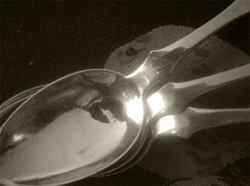



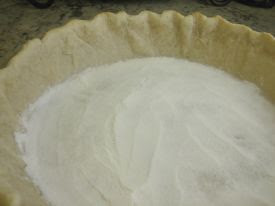

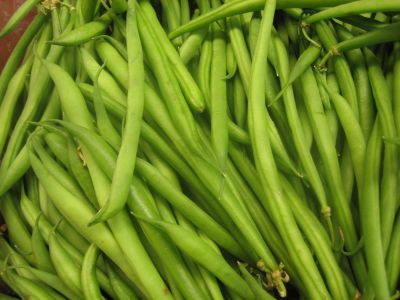

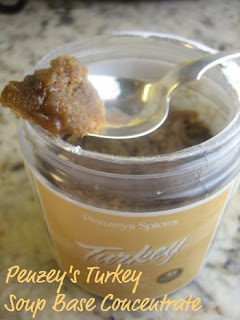
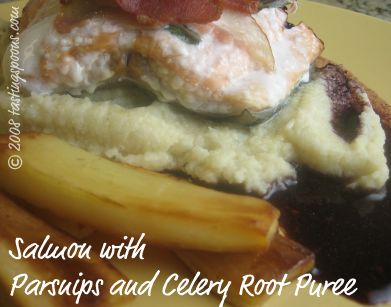
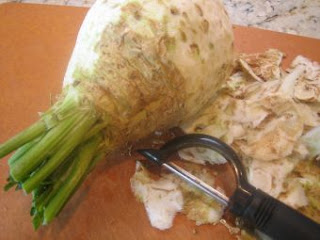
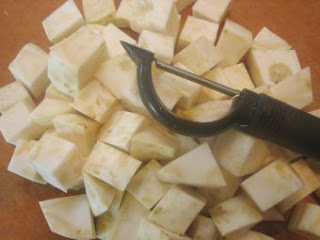
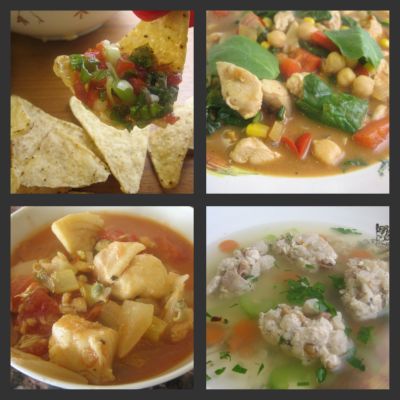
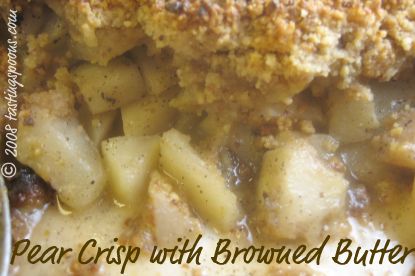
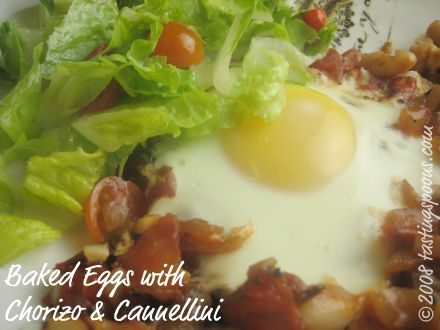
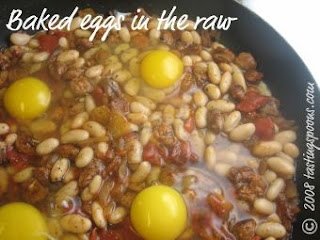

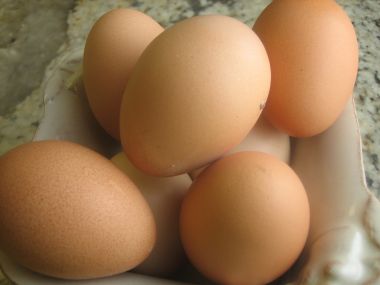
Leave a Comment!